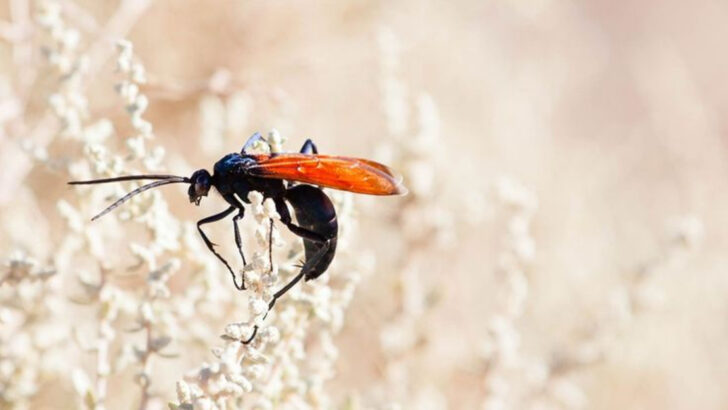Some animals don’t look dangerous—until they bite. Then you’re screaming.
The tiniest creatures can dish out unforgettable pain. We’re talking bites that burn, stings that throb for hours, and defenses so sneaky you won’t see them coming until it’s way too late.
That cute caterpillar? It might leave you writhing. The ant the size of a sesame seed? Absolute menace. Even a few fish make this list, and no, we’re not kidding.
These animals don’t roar. They don’t chase. They don’t need to.
They strike once, and you’ll never underestimate them again.
Here are 22 bites and stings from creatures that hurt way more than you’d expect. You’ve been warned.
Bullet Ant
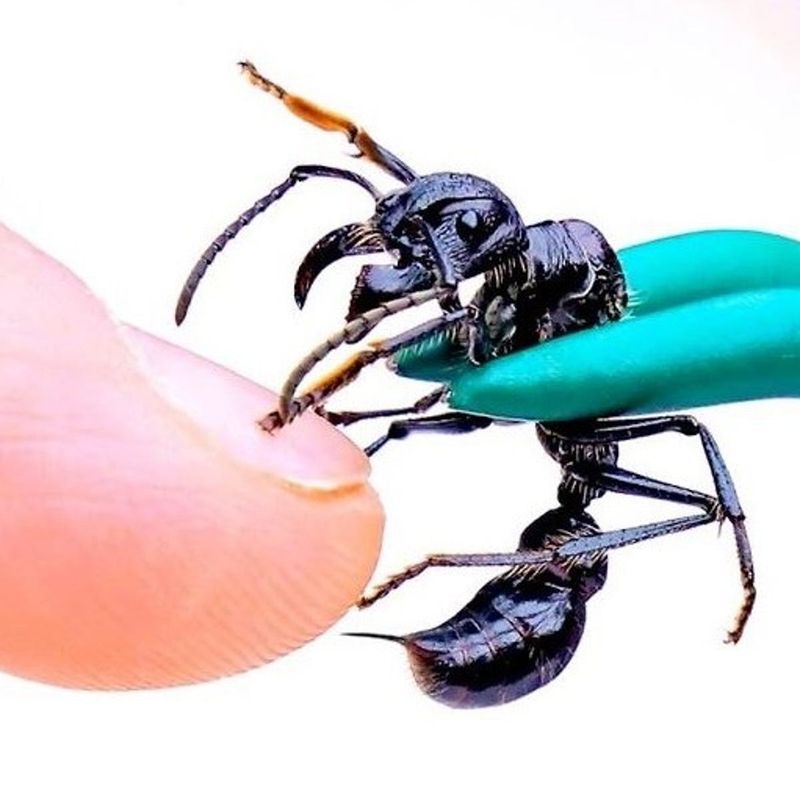
The bullet ant, known as the world’s most painful insect, delivers a sting that feels like being shot. Indigenous tribes use it in initiation rites, a testament to its potency. This ant lives in the rainforests of Central and South America, where its sting delivers hours of agony.
A neurotoxic venom causes the pain, lingered by its ability to overwhelm human pain receptors. Despite its size, the bullet ant teaches a lesson in respecting nature’s might.
Can you imagine enduring such pain voluntarily? This tiny creature leaves a big impression.
Box Jellyfish

The box jellyfish, gliding silently through the ocean, possesses venom potent enough to kill. Its sting, like burning acid, causes excruciating pain, sometimes leading to cardiac arrest. Found in Indo-Pacific waters, its near-invisible body hides a deadly threat.
Victims describe overwhelming pain, likened to being scorched by fire. The toxins attack the heart, nervous system, and skin cells.
Despite its beauty, the box jellyfish is a reminder of the ocean’s hidden dangers. It’s not just a sting; it’s nature’s warning.
Cone Snail

The cone snail, a marine predator, uses a harpoon-like tooth to deliver venom that paralyzes its prey. Found on coral reefs, its sting can be fatal to humans.
The pain from a cone snail sting is likened to a lightning strike, intense and paralyzing. It can lead to respiratory failure within hours.
This beautiful yet deadly creature underscores the lethal elegance of the ocean. The cone snail’s warning: beauty can be deceiving.
Tarantula Hawk Wasp
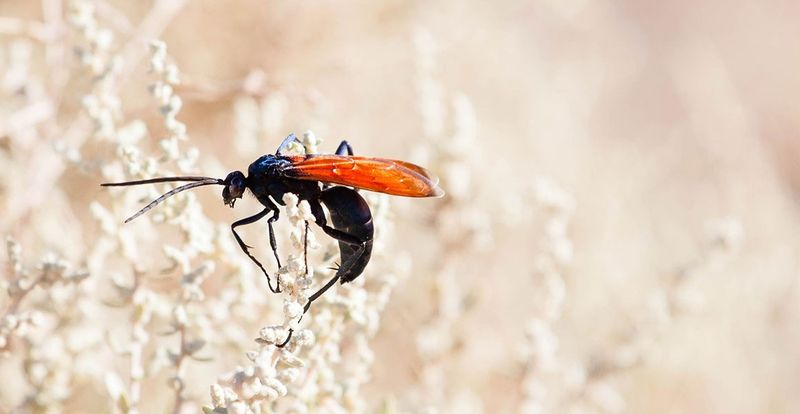
The tarantula hawk wasp, with its iridescent wings, is a fearsome predator of tarantulas. Its sting is considered one of the most painful insect stings.
This wasp’s sting incapacitates its victims with pain likened to an electric shock. Found in deserts, it’s known for its bravery, taking on prey much larger than itself.
The tarantula hawk’s sting is a testament to its predatory prowess. Few would dare challenge this master of pain in nature’s arena.
Giant Desert Centipede
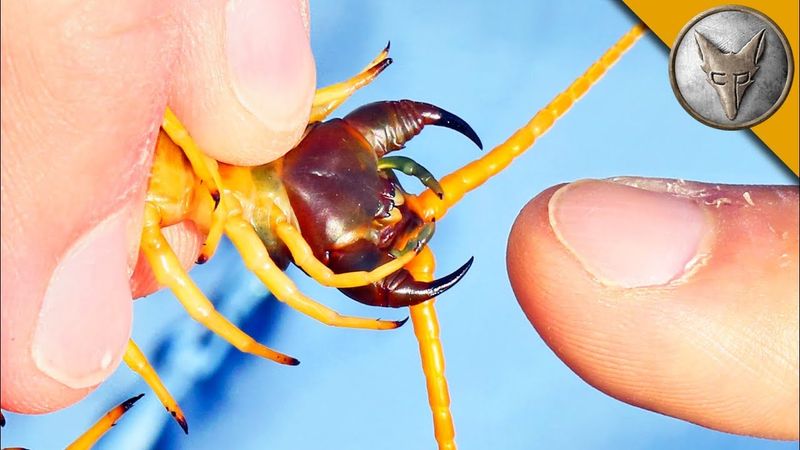
The giant desert centipede, a formidable predator, uses venomous claws to subdue prey. Found in the deserts of the Southwestern United States, its bite causes sharp, throbbing pain.
The centipede’s venom can cause swelling, chills, and fever, making it a creature best admired from afar. Despite its fearsome reputation, it plays a vital role in its ecosystem.
What makes this creature fascinating is its adaptability and resilience in harsh environments, a true survivor.
Stonefish
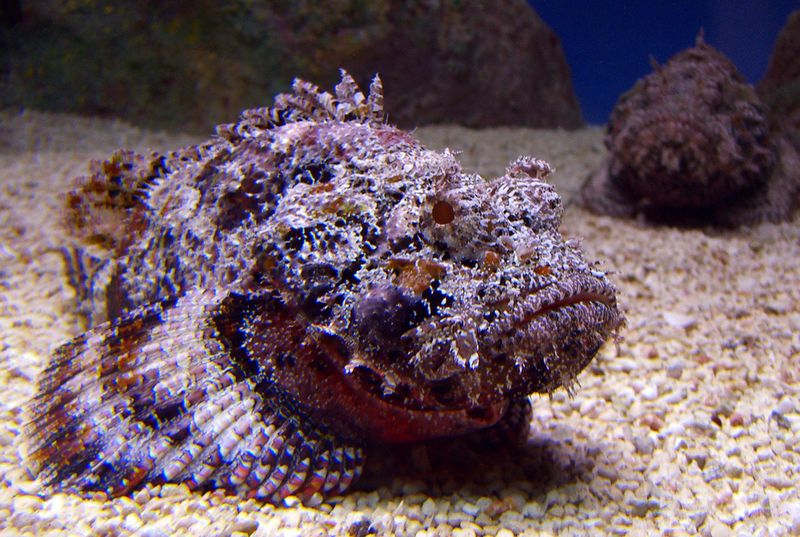
The stonefish, often unseen among coral, is one of the most venomous fish. Its spines deliver a sting that feels like a sledgehammer to the foot. Found in Indo-Pacific waters, it’s a master of camouflage.
Stepping on a stonefish causes intense pain, swelling, and sometimes shock. Its venom can lead to tissue death and requires immediate medical attention.
This fish’s stealth is its greatest weapon, a lesson in the importance of awareness while exploring marine environments.
Lionfish
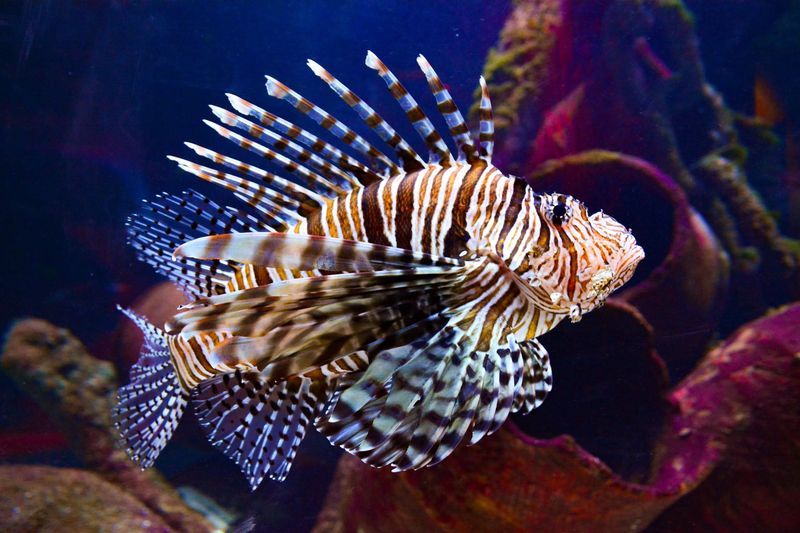
The lionfish, with its striking appearance, carries venomous spines that inflict severe pain. Native to Indo-Pacific waters, it’s now an invasive species in the Atlantic.
The sting from a lionfish feels like a deep puncture, radiating intense pain and swelling. Despite its beauty, it’s a reminder of the hidden dangers in the ocean.
The lionfish’s invasion teaches about ecological balance and the unintended consequences of human actions in nature.
Brazilian Wandering Spider
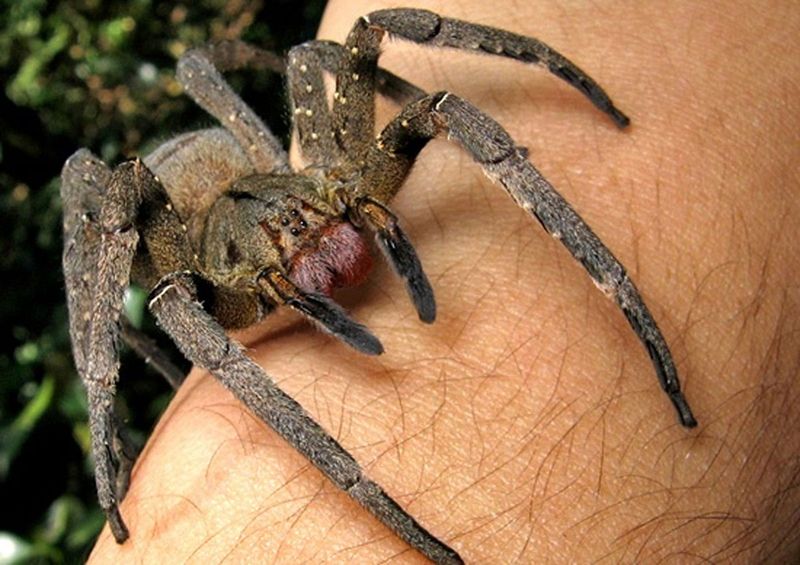
The Brazilian wandering spider, found in the Amazon, is one of the most venomous spiders. Its bite causes intense pain, paralysis, and in severe cases, death.
The spider’s venom affects the nervous system, making it one of the deadliest arachnids. Despite its menacing reputation, it serves an important ecological role.
This spider exemplifies the dual nature of beauty and danger in the wild, a reminder to tread carefully in its habitat.
Komodo Dragon
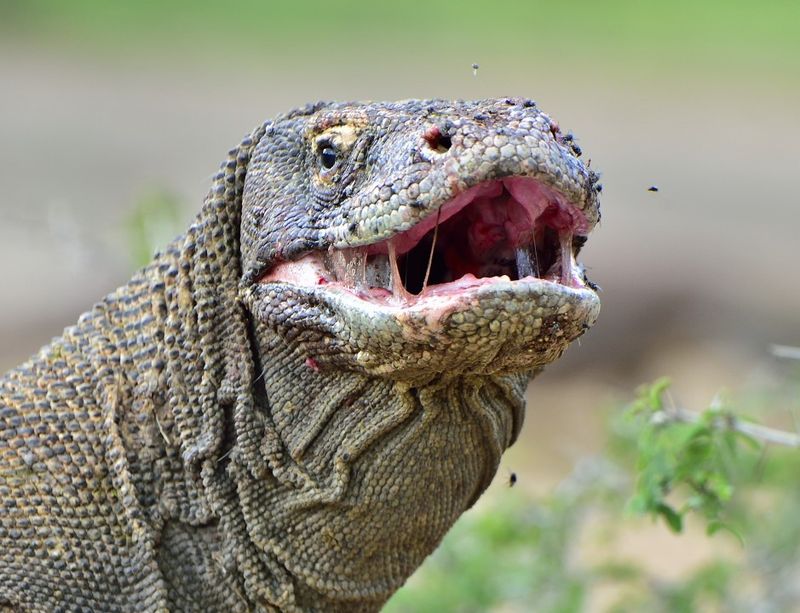
The Komodo dragon, the world’s largest lizard, possesses a bite that delivers venom causing shock and blood loss. Found on Indonesian islands, this predator is both feared and revered.
Its bite feels like being caught in a vice, excruciating in its power and potency. Komodo dragons are known for their stealth and strength, traits that make them formidable hunters.
These dragons symbolize ancient power, a relic of a bygone era where giants roamed the Earth.
Fire Ant
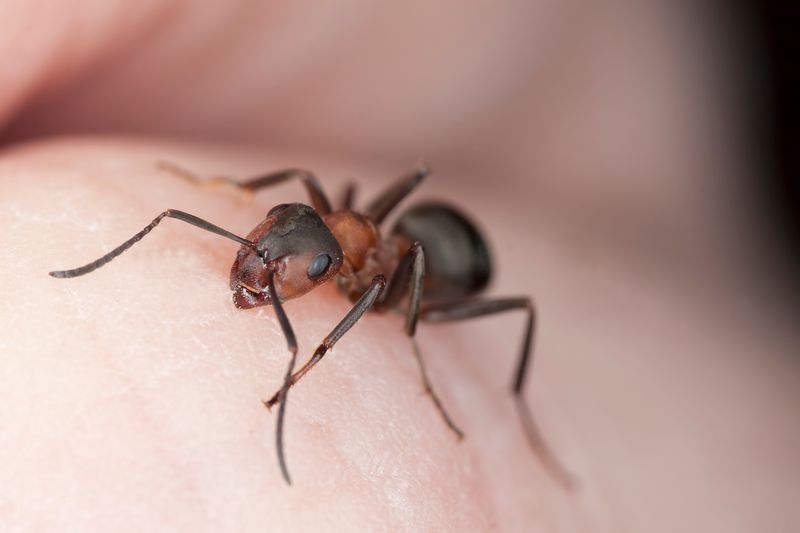
Fire ants, though small, pack a painful punch with their sting. Found in warm climates, their sting feels like being burned, causing itching and swelling.
The venom, called solenopsin, can cause allergic reactions in sensitive individuals. Despite their size, fire ants are fierce defenders of their colonies.
These ants remind us of the power of community and the impact of even the smallest creatures in nature’s tapestry.
Irukandji Jellyfish
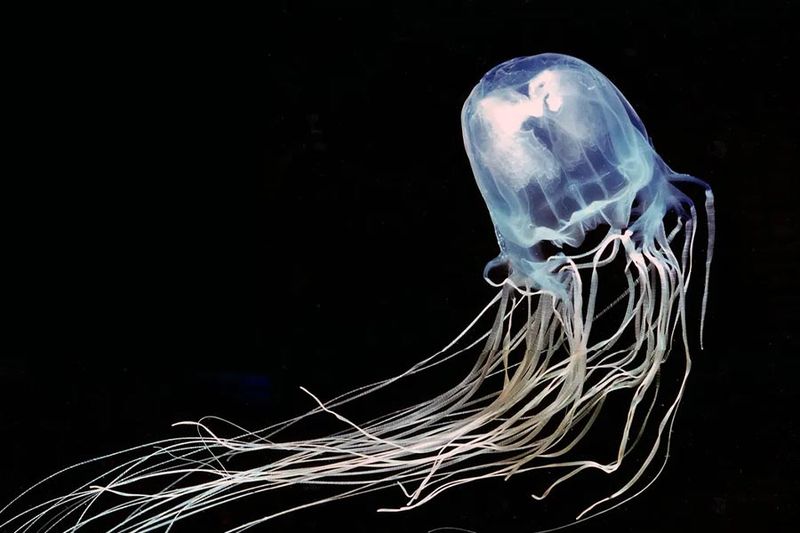
The Irukandji jellyfish, though tiny, delivers a sting that causes Irukandji syndrome, characterized by severe pain and nausea. Found in Australian waters, its sting is occasionally fatal.
Victims describe the pain as overwhelming, as if the body is being squeezed by an invisible force. The jellyfish’s venom impacts the heart and nervous system.
This creature, barely visible, serves as a reminder of the ocean’s hidden threats and the mysteries beneath the waves.
Platypus
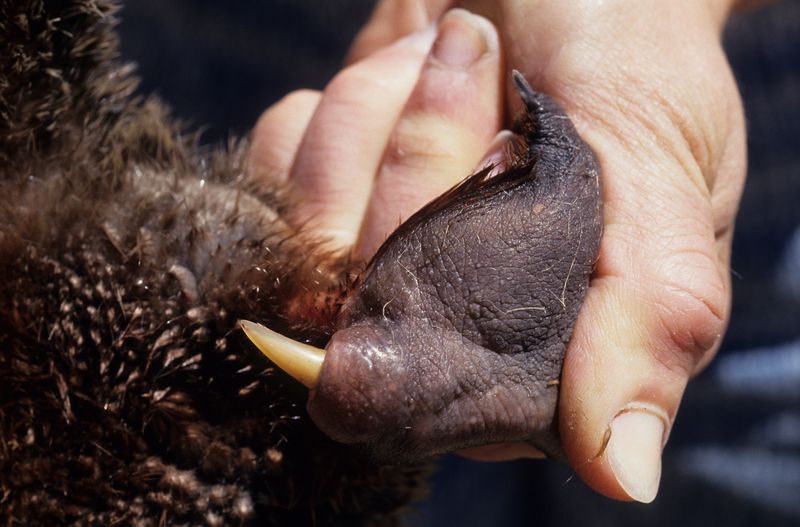
The platypus, an oddity in the animal kingdom, surprises with its venomous spur. Found in Eastern Australia, the male’s spur can deliver a painful sting.
The pain, intense and long-lasting, can incapacitate a victim for days. The venom causes swelling and increased sensitivity to pain.
Despite its quirky appearance, the platypus is a reminder of the unexpected traits found in nature, a creature not to be underestimated.
Electric Eel
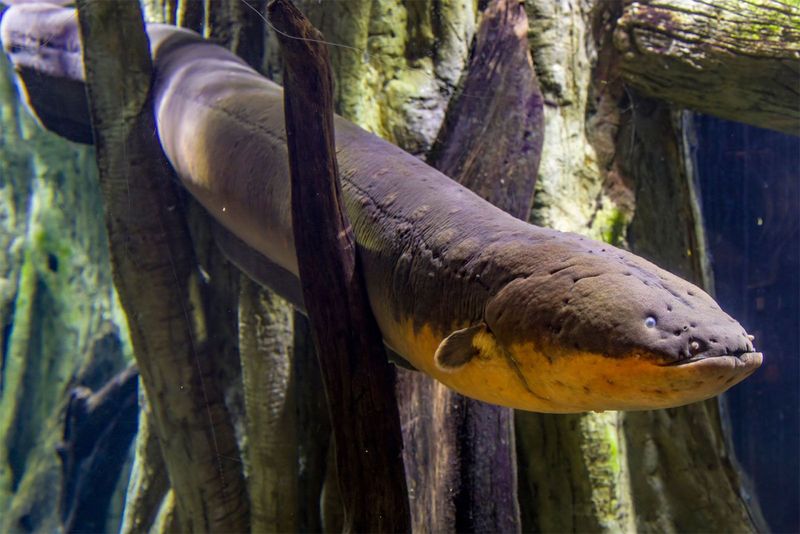
The electric eel, a master of electric shock, uses its power to stun prey and deter predators. Found in the Amazon, its shock can cause muscle spasms and pain.
The sensation is akin to touching a live wire, sudden and jarring. This eel symbolizes the hidden forces of nature, lurking in the depths.
Despite its name, the electric eel is technically a knifefish, showcasing the wonders of evolution’s creativity in survival strategies.
Stingray
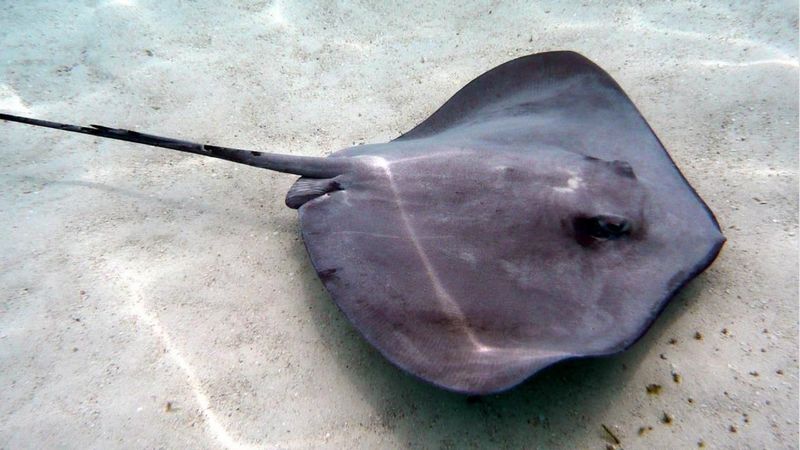
Stingrays, peaceful yet potent, carry venomous barbs in their tails for defense. Found in coastal waters, a stingray’s barb can cause intense pain and swelling.
The sting feels like a hot poker, searing through flesh. Despite their danger, stingrays are gentle creatures when undisturbed.
These animals teach the importance of caution and respect while exploring their habitats, embodying the beauty and peril of the sea.
Pufferfish

The pufferfish, a symbol of defense, contains tetrodotoxin, a poison more potent than cyanide. Found in tropical seas, it’s a delicacy but dangerous to prepare.
A bite from a pufferfish is rare but can be deadly due to its toxin. The fish’s ability to inflate and deter predators showcases nature’s innovative defense mechanisms.
This fish is a culinary challenge, reminding us of the thin line between risk and reward in nature’s pantry.
Tasmanian Devil
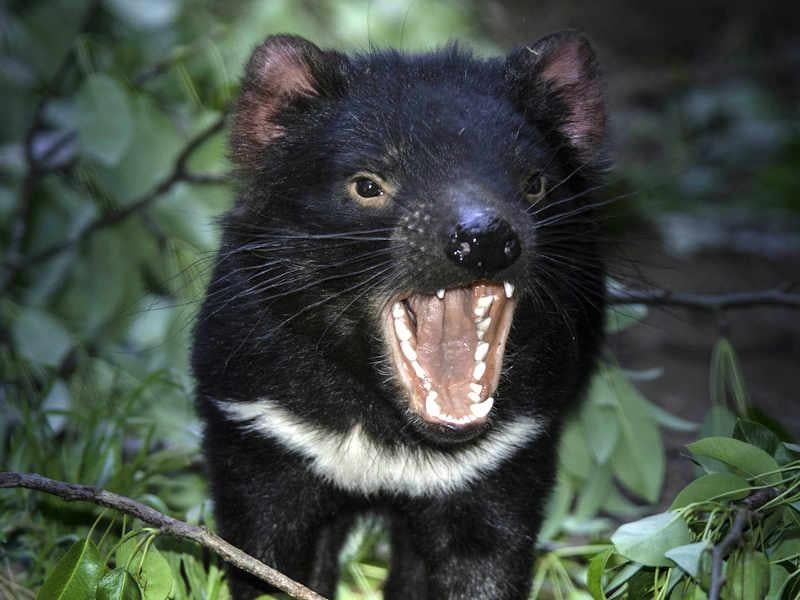
The Tasmanian devil, with a ferocious reputation, has a powerful bite relative to its size. Found in Tasmania, its bite can crush bones.
The devil’s bite is a vital tool in scavenging, allowing it to consume all parts of its prey. Despite its fearsome demeanor, it’s an important part of its ecosystem.
This creature embodies the wild spirit of Tasmania, a symbol of survival and adaptation in a tough environment.
Gila Monster
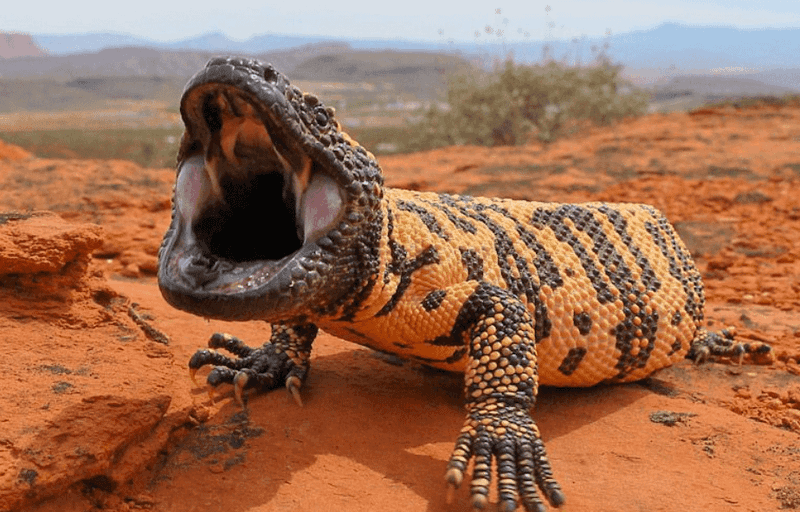
The Gila monster, a venomous lizard, delivers a bite that causes intense burning pain. Found in the Southwestern United States, its bite isn’t fatal to humans but very painful.
The venom affects the nervous system, causing swelling and nausea. Despite its slow nature, the Gila monster is a reminder of the desert’s hidden dangers.
These lizards are a testament to the unique adaptations of desert life, thriving where few can.
European Hornet
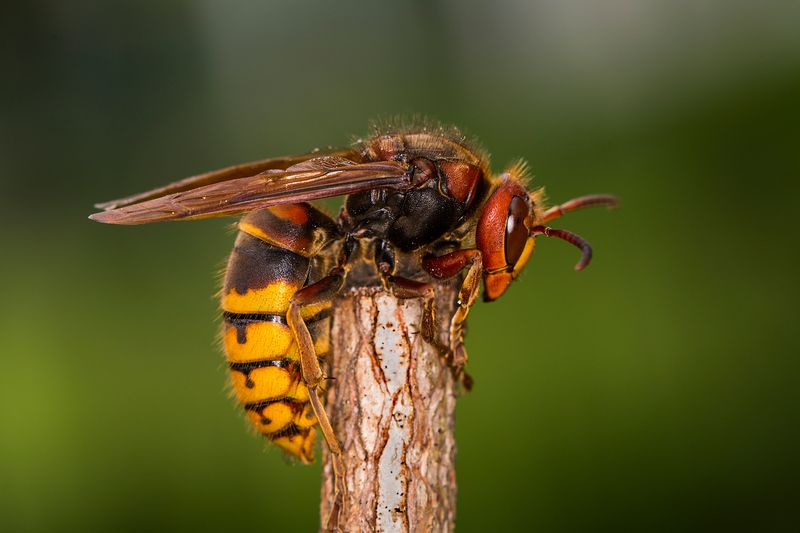
The European hornet, larger than most wasps, delivers a sting that causes sharp, radiating pain. Found across Europe, it defends its nest vigorously.
The sting’s pain is magnified by the hornet’s size, and allergic reactions can occur. Despite its intimidating presence, it’s an important predator of pest insects.
This hornet teaches respect for personal space in nature, a lesson in boundaries and coexistence.
Sea Urchin
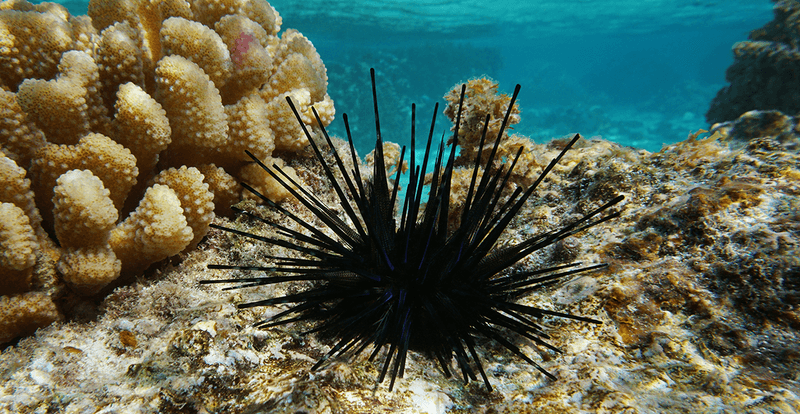
Sea urchins, with their sharp spines, can deliver painful punctures infused with venom. Found in oceans worldwide, stepping on one can cause intense foot pain.
The spines break off easily, requiring careful removal. Despite their potential harm, sea urchins play a crucial role in coral reef ecosystems.
These creatures remind us of the ocean’s balance, where danger and beauty coexist in delicate harmony.
Scorpionfish
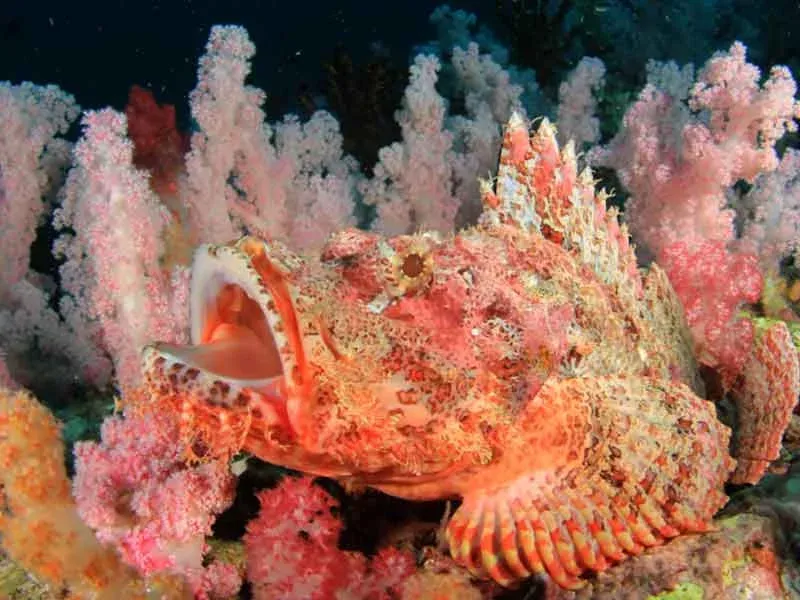
Scorpionfish, masters of disguise, hold venomous spines capable of causing severe pain. Found in tropical waters, their sting is akin to a deep burn.
The pain can lead to swelling and fever, necessitating medical attention. Their camouflage skills protect them, a testament to their survival strategies.
These fish illustrate nature’s arsenal of defensive tactics, a marvel of adaptation and disguise under the sea.
Bee
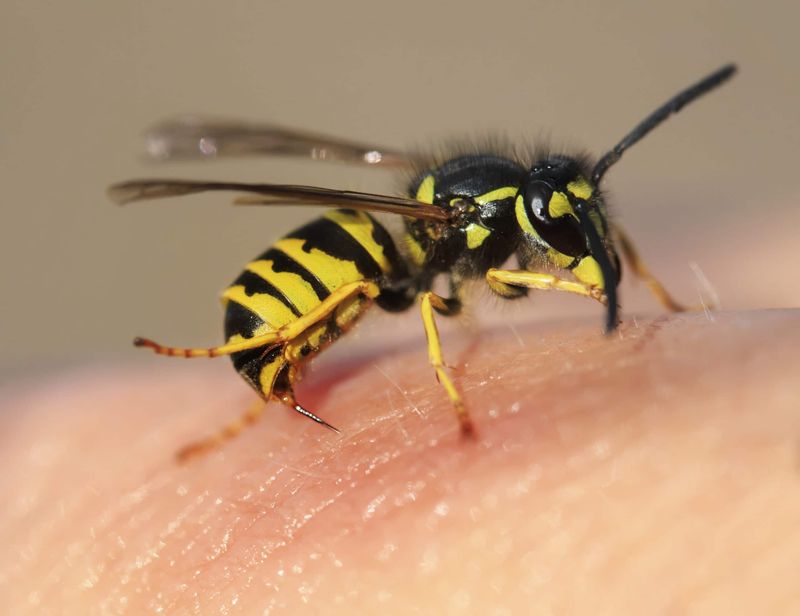
Bees, while vital for pollination, deliver stings that can cause significant pain and allergic reactions. Found worldwide, a bee sting is a common but startling experience.
The sting feels like a sharp pinch, followed by swelling. Despite the pain, bees are essential to ecological health, symbolizing diligence and community.
Their stings remind us of the delicate balance between nature’s beauty and its potent defenses, crucial for our planet’s future.
Caterpillar Silk Moth Larva
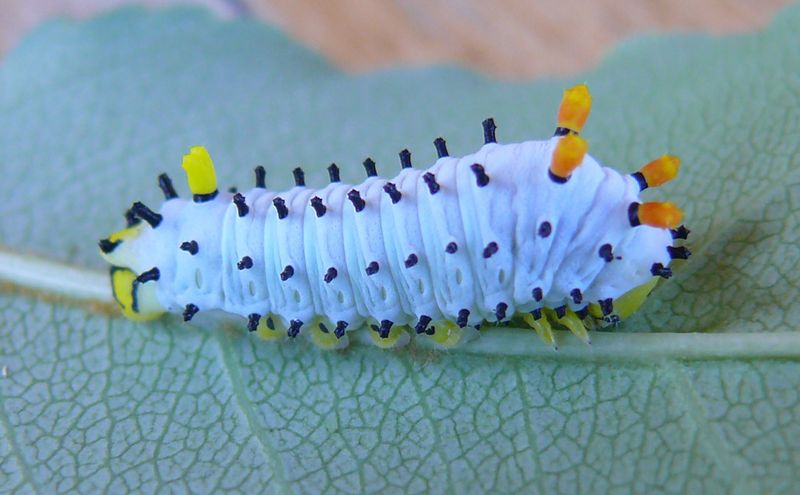
Among the unexpected culprits of painful bites, the Caterpillar Silk Moth Larva stands out. These seemingly innocent critters hide a surprising defense mechanism. Their spines can inject venom upon contact, resulting in intense pain. The agony can last for several hours, making any encounter with this creature memorable—and not in a pleasant way.
The pain is often described as a burning sensation, causing some to compare it to a wasp sting. Due to their camouflaged appearance, they are hard to spot, increasing the likelihood of accidental contact. A walk in the forest can quickly turn uncomfortable.
Did you know? These larvae are part of the Saturniidae family, known for their beautifully large adult moths. Despite their enchanting transformation, crossing paths with their larval form is something best avoided.

